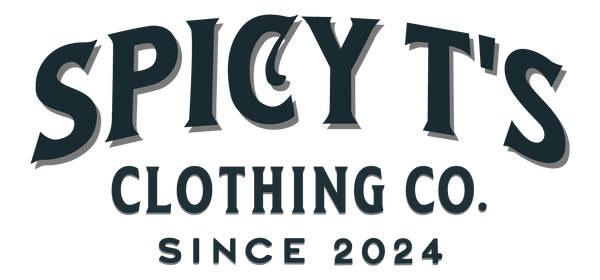
The Use of Vector Images in Branding: Why They’re a Must-Have for Modern Brands
Share
When building a strong, consistent brand identity, one of the most important tools in your design toolkit is the vector image. Whether you're crafting logos, marketing material, or merchandise — vector graphics make it all scalable, professional, and future-proof.
Let’s explore how and why vector images are essential in branding, with real-world examples and design tips.
🔍 What Are Vector Images?
A vector image is made of mathematical paths and curves (not pixels), which allows it to:
-
Stay sharp at any size
-
Be easily edited
-
Remain small in file size
Common vector file types: AI, EPS, SVG, and sometimes PDF
🧠 Why Vector Images Matter in Branding
1. Scalable for Any Medium
Your brand logo needs to look perfect:
-
On a business card
-
On a billboard
-
On t-shirt merchandise
-
On your website and app icon
Only vector files scale perfectly without pixelation — making them ideal for responsive branding.
2. 🎯 Consistency Across All Brand Touchpoints
From packaging to email signatures, vector images ensure consistent visual quality across digital and print platforms.
You don’t have to worry about:
-
Blurry logos
-
Incorrect colors
-
Unaligned elements
✏️ Example: Nike’s swoosh is a simple vector — allowing it to be flawlessly printed on shoes, posters, tags, and phone screens alike.
3. 💡 Easy to Edit and Repurpose
Vector files can be tweaked easily:
-
Change colors to match a new campaign
-
Adjust the size or orientation
-
Add or remove elements
This flexibility is critical for:
-
Rebranding
-
Thematic packaging
-
Promotional events
4. 🧵 Required for Printing and Embroidery
Printers, embroidery machines, and screen printers demand vector files to process outlines and colors accurately. Raster files like JPG or PNG just don’t cut it.
| Use Case | Why Vector Is Needed |
|---|---|
| T-shirt printing | Clean, scalable lines |
| Embroidered logos | Machine reads stitch paths from vectors |
| Sticker & decal cuts | Die-cut machines follow vector outlines |
| Product packaging | Keeps text sharp and colors correct |
5. 🚀 Faster Loading and Responsive for Web
SVG files (a type of vector) load quickly and scale well on responsive websites — helping your brand stay fast and mobile-friendly.
⚡ Web fact: Google considers page speed and clarity in its ranking — vector-based brand assets help on both fronts!
🧰 Where to Use Vector Images in Branding
Here’s a full list of brand assets that benefit from vector images:
| Brand Asset | File Type Suggested |
|---|---|
| Logo | AI, EPS, SVG |
| Business cards | PDF, AI |
| Website icons | SVG |
| Social media graphics | AI, exported to PNG |
| Product packaging | AI, PDF |
| Posters & flyers | EPS, PDF |
| Email signatures | SVG (for icons) |
| Billboards & signage | EPS, AI |
| Branded apparel | AI, EPS |
| Promotional merchandise | Vector PDF |
🚧 Mistakes to Avoid
❌ Using only raster logos (JPG/PNG) — leads to blurry prints
❌ Not requesting the source vector file from your designer
❌ Ignoring file types when uploading to printers or platforms
❌ Assuming “PDF” always means vector — it depends on how it was made!
Final Thoughts
If you’re serious about branding, vector images aren’t optional — they’re foundational. They future-proof your designs, improve your brand’s professionalism, and simplify everything from web development to merchandise production.
